Warfarin

Warfarin structure
|
Common Name | Warfarin | ||
|---|---|---|---|---|
| CAS Number | 81-81-2 | Molecular Weight | 308.328 | |
| Density | 1.3±0.1 g/cm3 | Boiling Point | 515.2±50.0 °C at 760 mmHg | |
| Molecular Formula | C19H16O4 | Melting Point | 162-164 °C(lit.) | |
| MSDS | Chinese USA | Flash Point | 188.8±23.6 °C | |
| Symbol |


GHS06, GHS08 |
Signal Word | Danger | |
Use of WarfarinWarfarin(WARF42) is an anticoagulant drug normally used to prevent blood clot formation as well as migration.Target: OthersWarfarin is an anticoagulant normally used in the prevention of thrombosis and thromboembolism, the formation of blood clots in the blood vessels and their migration elsewhere in the body respectively. Warfarin and related 4-hydroxycoumarin-containing molecules decrease blood coagulation by inhibiting vitamin K epoxide reductase, an enzyme that recycles oxidized vitamin K1 to its reduced form after it has participated in the carboxylation of several blood coagulation proteins, mainly prothrombin and factor VII. Despite being labeled a vitamin K antagonist, warfarin does not antagonize the action of vitamin K1, but rather antagonizes vitamin K1 recycling, depleting active vitamin K1 [1, 2]. |
| Name | warfarin |
|---|---|
| Synonym | More Synonyms |
| Description | Warfarin(WARF42) is an anticoagulant drug normally used to prevent blood clot formation as well as migration.Target: OthersWarfarin is an anticoagulant normally used in the prevention of thrombosis and thromboembolism, the formation of blood clots in the blood vessels and their migration elsewhere in the body respectively. Warfarin and related 4-hydroxycoumarin-containing molecules decrease blood coagulation by inhibiting vitamin K epoxide reductase, an enzyme that recycles oxidized vitamin K1 to its reduced form after it has participated in the carboxylation of several blood coagulation proteins, mainly prothrombin and factor VII. Despite being labeled a vitamin K antagonist, warfarin does not antagonize the action of vitamin K1, but rather antagonizes vitamin K1 recycling, depleting active vitamin K1 [1, 2]. |
|---|---|
| Related Catalog | |
| References |
| Density | 1.3±0.1 g/cm3 |
|---|---|
| Boiling Point | 515.2±50.0 °C at 760 mmHg |
| Melting Point | 162-164 °C(lit.) |
| Molecular Formula | C19H16O4 |
| Molecular Weight | 308.328 |
| Flash Point | 188.8±23.6 °C |
| Exact Mass | 308.104858 |
| PSA | 67.51000 |
| LogP | 3.42 |
| Vapour Pressure | 0.0±1.4 mmHg at 25°C |
| Index of Refraction | 1.635 |
| InChIKey | PJVWKTKQMONHTI-UHFFFAOYSA-N |
| SMILES | CC(=O)CC(c1ccccc1)c1c(O)c2ccccc2oc1=O |
| Water Solubility | Practically insoluble |
CHEMICAL IDENTIFICATION
HEALTH HAZARD DATAACUTE TOXICITY DATA
|
| Symbol |


GHS06, GHS08 |
|---|---|
| Signal Word | Danger |
| Hazard Statements | H300-H312-H360-H372-H412 |
| Precautionary Statements | Missing Phrase - N15.00950417-P201-P260-P280-P308 + P313 |
| Personal Protective Equipment | Eyeshields;Faceshields;full-face particle respirator type N100 (US);Gloves;respirator cartridge type N100 (US);type P1 (EN143) respirator filter;type P3 (EN 143) respirator cartridges |
| Hazard Codes | T:Toxic |
| Risk Phrases | R61;R48/25;R52/53 |
| Safety Phrases | S53-S45-S61-S52 |
| RIDADR | UN 2811 6.1/PG 1 |
| WGK Germany | 3 |
| RTECS | GN4550000 |
| Packaging Group | I |
| Hazard Class | 6.1(a) |
|
~97% 
Warfarin CAS#:81-81-2 |
| Literature: Alonzi, Matteo; Bracciale, Maria Paola; Broggi, Alessandra; Lanari, Daniela; Marrocchi, Assunta; Santarelli, Maria Laura; Vaccaro, Luigi Journal of Catalysis, 2014 , vol. 309, p. 260 - 267 |
|
~85% 
Warfarin CAS#:81-81-2 |
| Literature: Lee, Dong-Hwan; Kwon, Ki-Hyeok; Yi, Chae S. Journal of the American Chemical Society, 2012 , vol. 134, # 17 p. 7325 - 7328 |
|
~% 
Warfarin CAS#:81-81-2 |
| Literature: Tetrahedron Asymmetry, , vol. 12, # 5 p. 707 - 709 |
|
~% 
Warfarin CAS#:81-81-2 |
| Literature: Tetrahedron Letters, , vol. 37, # 46 p. 8321 - 8324 |
|
~% 
Warfarin CAS#:81-81-2 |
| Literature: Tetrahedron Letters, , vol. 37, # 46 p. 8321 - 8324 |
|
~% 
Warfarin CAS#:81-81-2 |
| Literature: Journal of the American Chemical Society, , vol. 66, p. 902,905 |
|
~97% 
Warfarin CAS#:81-81-2 |
| Literature: Leven, Matthias; Neudoerfl, Joerg M.; Goldfuss, Bernd Beilstein Journal of Organic Chemistry, 2013 , vol. 9, p. 155 - 165 |
| Precursor 8 | |
|---|---|
| DownStream 8 | |
|
Cheminformatics analysis of assertions mined from literature that describe drug-induced liver injury in different species.
Chem. Res. Toxicol. 23 , 171-83, (2010) Drug-induced liver injury is one of the main causes of drug attrition. The ability to predict the liver effects of drug candidates from their chemical structures is critical to help guide experimental... |
|
|
Translating clinical findings into knowledge in drug safety evaluation--drug induced liver injury prediction system (DILIps).
J. Sci. Ind. Res. 65(10) , 808, (2006) Drug-induced liver injury (DILI) is a significant concern in drug development due to the poor concordance between preclinical and clinical findings of liver toxicity. We hypothesized that the DILI typ... |
|
|
Calculating virtual log P in the alkane/water system (log P(N)(alk)) and its derived parameters deltalog P(N)(oct-alk) and log D(pH)(alk).
J. Med. Chem. 48 , 3269-79, (2005) Growing interest in the use of both the logarithm of the partition coefficient of the neutral species in the alkane/water system (log P(N)(alk)) and the difference between log P(N)(oct) (the logarithm... |
| S-(−)-4-Hydroxy-3-(3-oxo-1-phenybutyl)-2H-1-benzopyran-2-one |
| 4-Hydroxy-3-[(1S)-3-oxo-1-phenylbutyl]-2H-chromen-2-one |
| austyn |
| Elixex |
| Nuelin |
| zoocoumarin |
| (-)-Warfarin |
| (S)-Warfarin |
| duraphy |
| 4-hydroxy-3-[(1RS)-3-oxo-1-phenylbutyl]coumarin |
| 2H-1-Benzopyran-2-one, 4-hydroxy-3-(3-oxo-1-phenylbutyl)-, (S)- |
| Slo-PhyllinTM |
| (RS)-3-(α-acetonylbenzyl)-4-hydroxycoumarin |
| 1,3-dimethylxanthine |
| rac-4-hydroxy-3-[(1R)-3-oxo-1-phenylbutyl]-2H-1-benzopyran-2-one |
| 2H-1-Benzopyran-2-one, 4-hydroxy-3-[(1S)-3-oxo-1-phenylbutyl]- |
| Warfarin |
| 3,7-dihydro-1,3-dimethyl-1H-purine-2,6-dione |
| Unifyl |
| accurb |
| 4-hydroxy-3-(3-oxo-1-phenylbutyl)-2H-1-benzopyran-2-one |
| X 115 |
| unidur |
| MFCD00006854 |
| (S)-(-)-Warfarin |
| asmax |
| EINECS 201-377-6 |
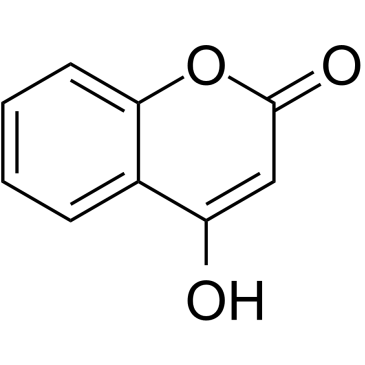

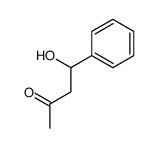

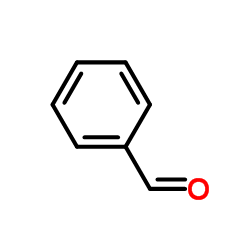
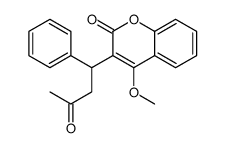


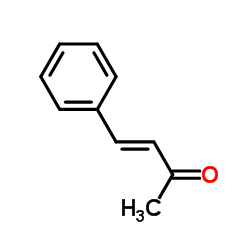
 CAS#:2610-86-8
CAS#:2610-86-8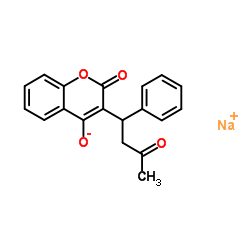 CAS#:129-06-6
CAS#:129-06-6 CAS#:17834-04-7
CAS#:17834-04-7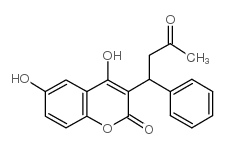 CAS#:17834-02-5
CAS#:17834-02-5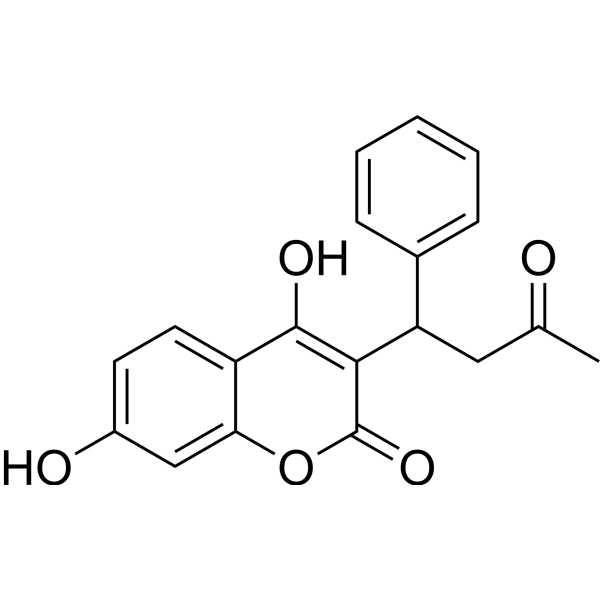 CAS#:17834-03-6
CAS#:17834-03-6 CAS#:24579-14-4
CAS#:24579-14-4![3-[α-(2-Hydroxypropyl)benzyl]-4-hydroxycoumarin structure](https://image.chemsrc.com/caspic/074/28392-96-3.png) CAS#:28392-96-3
CAS#:28392-96-3![[2-oxo-3-(3-oxo-1-phenylbutyl)chromen-4-yl] acetate structure](https://image.chemsrc.com/caspic/254/5979-00-0.png) CAS#:5979-00-0
CAS#:5979-00-0